An inside look at drug networks flooding music festivals — and police are struggling to stop them
Australia’s illegal drug networks are powerful, evolve rapidly and barely flinch at arrests — and police are struggling to fight them.
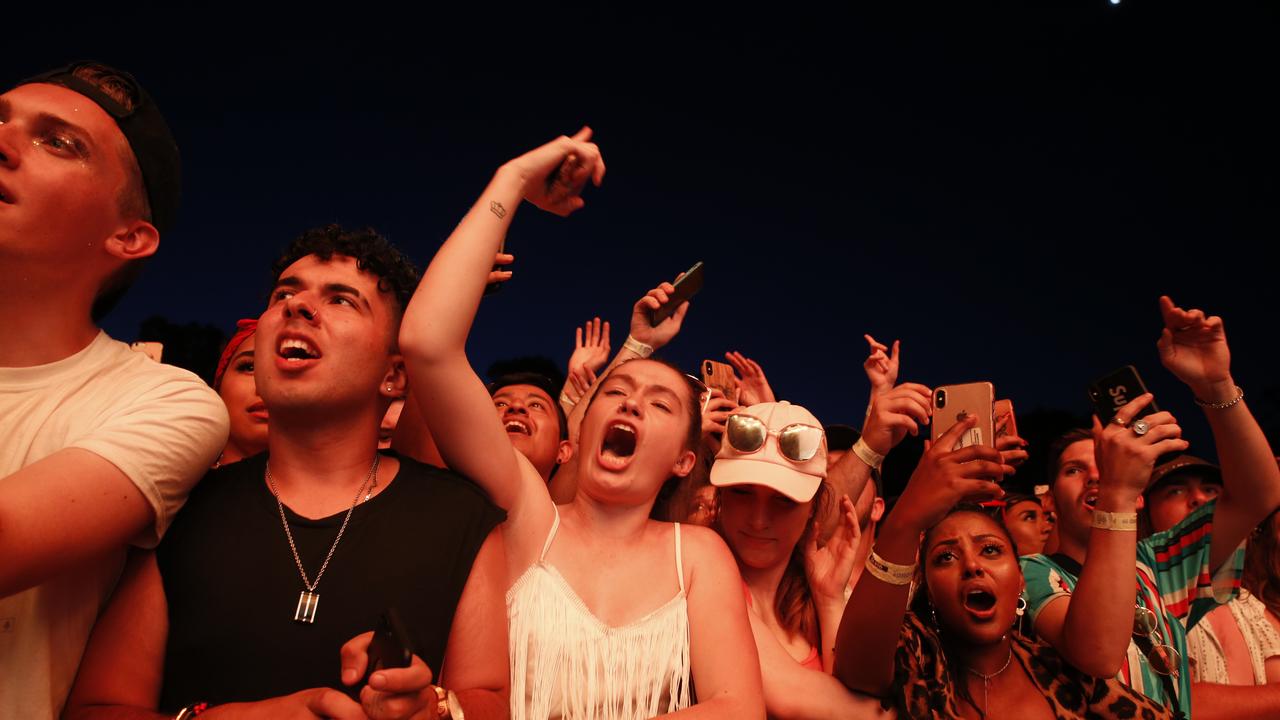
Criminal drug networks in Australia are using low-level sellers to infiltrate music festivals with substances that vary wildly in potency and purity.
When some of those mostly young pushers — who are sometimes offered as little as a couple of hundred dollars and a few free pills for their time — are detected and arrested, the gang bosses are unlikely to care that much, experts say.
So sophisticated are these networks, and so enormous is the quantity of substances they deal in, that even the largest seizures of drugs barely make a dent in their operations.
“Drug markets are very resilient to seizures and arrests, particularly when arrests are at lower levels rather than figures at the top of the chain,” says National Drug and Alcohol Research Centre (NDARC) senior research fellow and criminologist Caitlin Hughes.
“Suppliers build the risk of seizure into their business calculations. There’s so much supply that can be brought in (to Australia), relative to demand, that even a seizure that seems quite substantial is unlikely to have a lasting impact.”
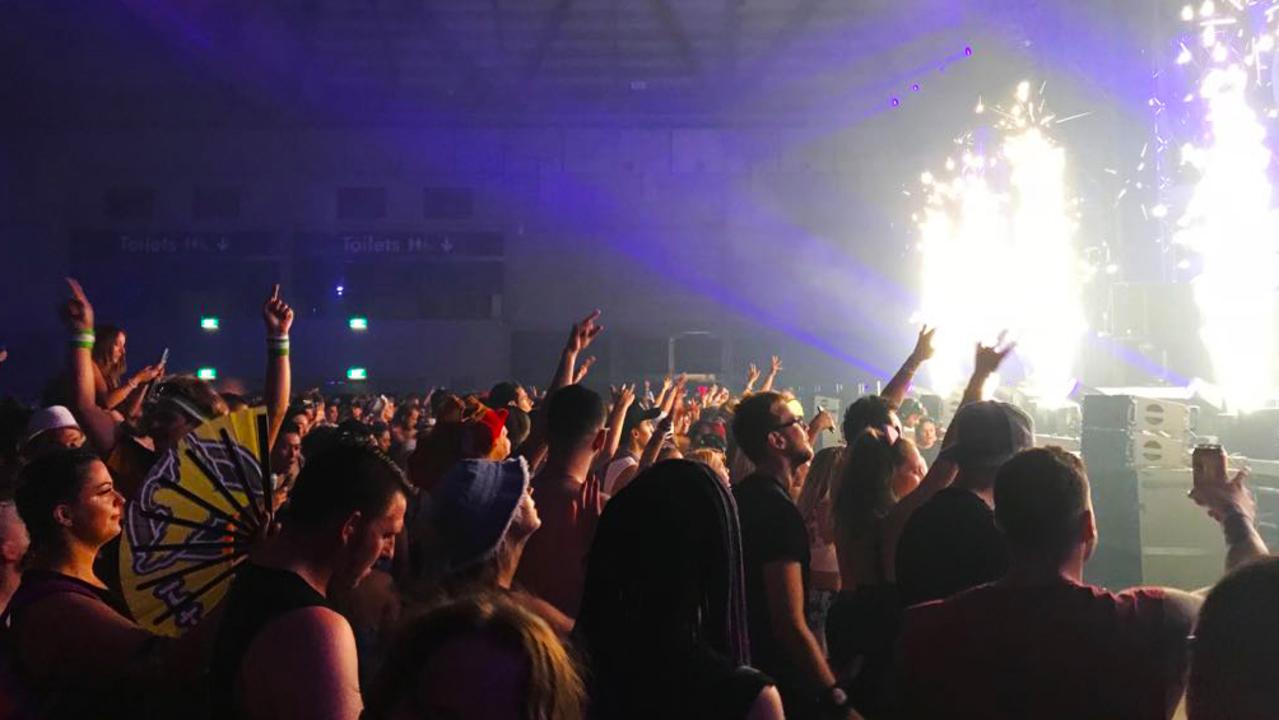
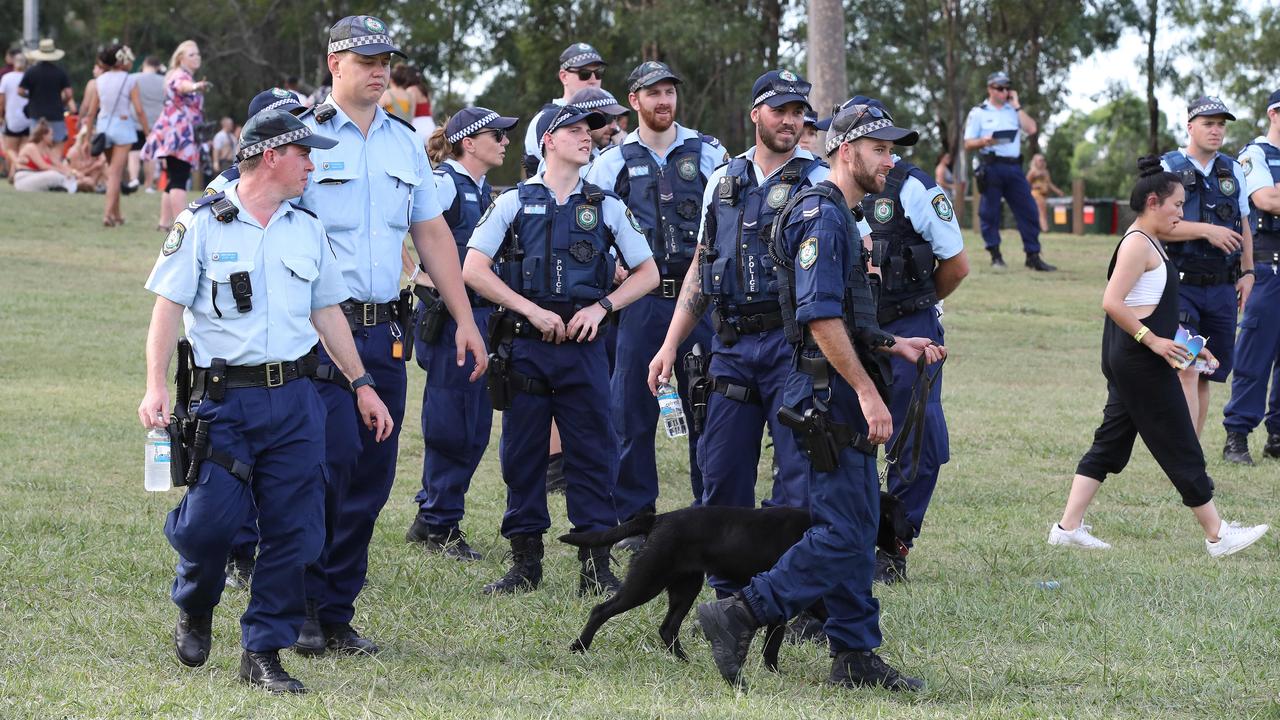
This week, Victoria Police said organised crime syndicates have “hijacked” music festivals in search of booming new markets, with a number of trafficking and supply arrests at the Rainbow Serpent event near Ballarat.
This is an inside look at how drug networks operate in Australia — and the almost impossible challenge faced by police to smash them.
WELL-OILED MACHINES
Typically, drug networks consist of three main levels — the kingpins at the top, ‘managers’ in the middle, and retail-level sellers at the bottom.
NDARC researcher Matthew O’Reilly’s expertise is in large-scale drug trafficking and said like any enterprise, illicit substance networks have a “variety of distribution models”.
“Typically, drugs are manufactured at the top of the chain in large quantities, passed on to high-level traffickers who divide the batch into small quantities and on sell to multiple smaller traffickers lower in the chain,” Dr O’Reilly explained.
“That process repeats until the drugs reach the retail level dealers who sell in small quantities to drug users.”
Related story: Over 150 Field Day attendees arrested for drug-related offences

Depending on the organisation, there could be many people at each level as well as levels within levels, and there’s no “fixed number” of people at each.
“It’s entirely possible for supply to be passed straight from the very top to the retail level, but it could also pass through 10 or 20 hands,” Dr O’Reilly said.
“Generally speaking, the literature tells us there’s a high level, a mid level and a lower level. It’s generally thought of in terms of the quantities of drugs at each level — the high level deals with large amounts, kilograms or even tons, and it gets smaller as it goes through the chain.”
Those at the bottom of the ladder are dispensable, Dr Hughes said, and easily replaced if and when they’re arrested.
“They’re the low-level small fish, so to speak,” she said.
“Just as quickly as one person gets taken out, another will be brought in. Those on the lower rungs are very replaceable.”
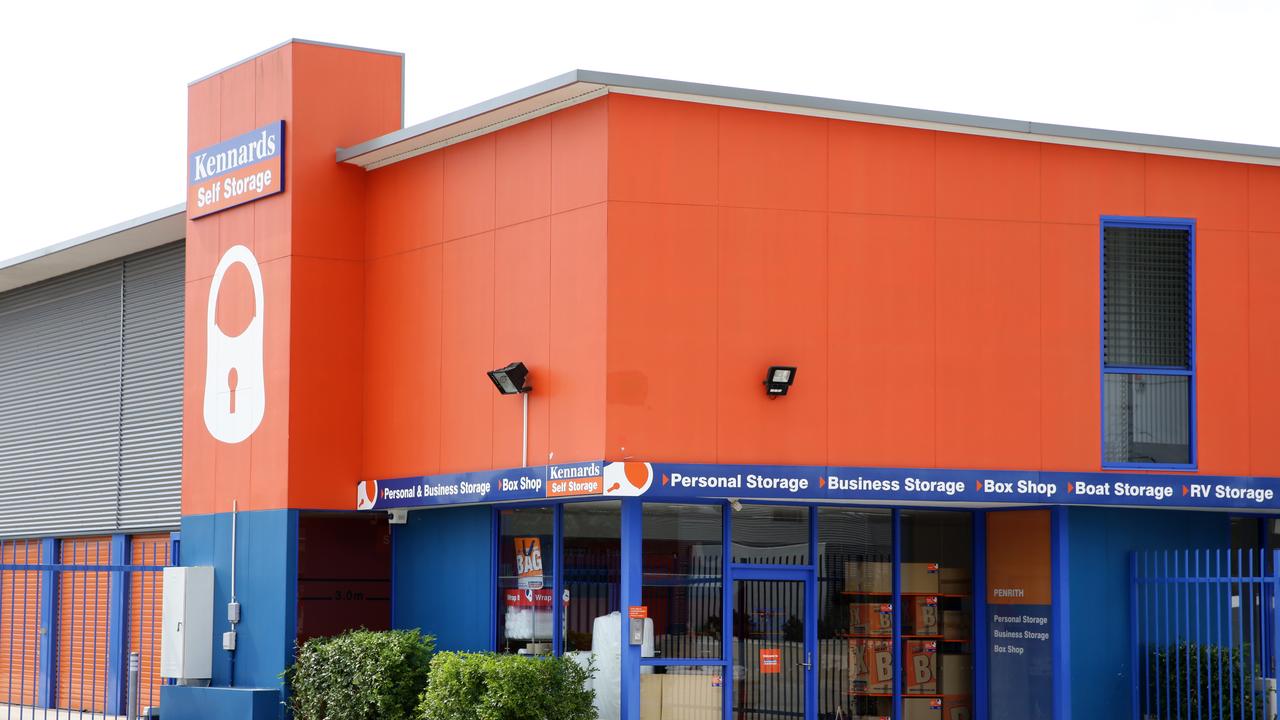
Estimates of the value of the illegal drugs trade in Australia vary, from $6 billion annually to upwards of $10 billion, depending on the measure.
Crime experts say outlaw motorcycle gangs are heavily involved in drug trafficking, but they don’t exclusively control the market in Australia.
And unlike popular perceptions that people might have thanks to films and television shows, groups can sometimes work together.
“The other key players we focus on are what we call ‘brokers’ — they connect particular groups and enable the distribution of MDMA in particular within the Australian market,” Dr Hughes said.
They are under constant police surveillance and exist with the ever-present threat of moles, informants, phone taps and arrests, yet drug gangs tend to be highly resilient.
Related story: Teen faces court for smuggling 394 MDMA caps into music festival
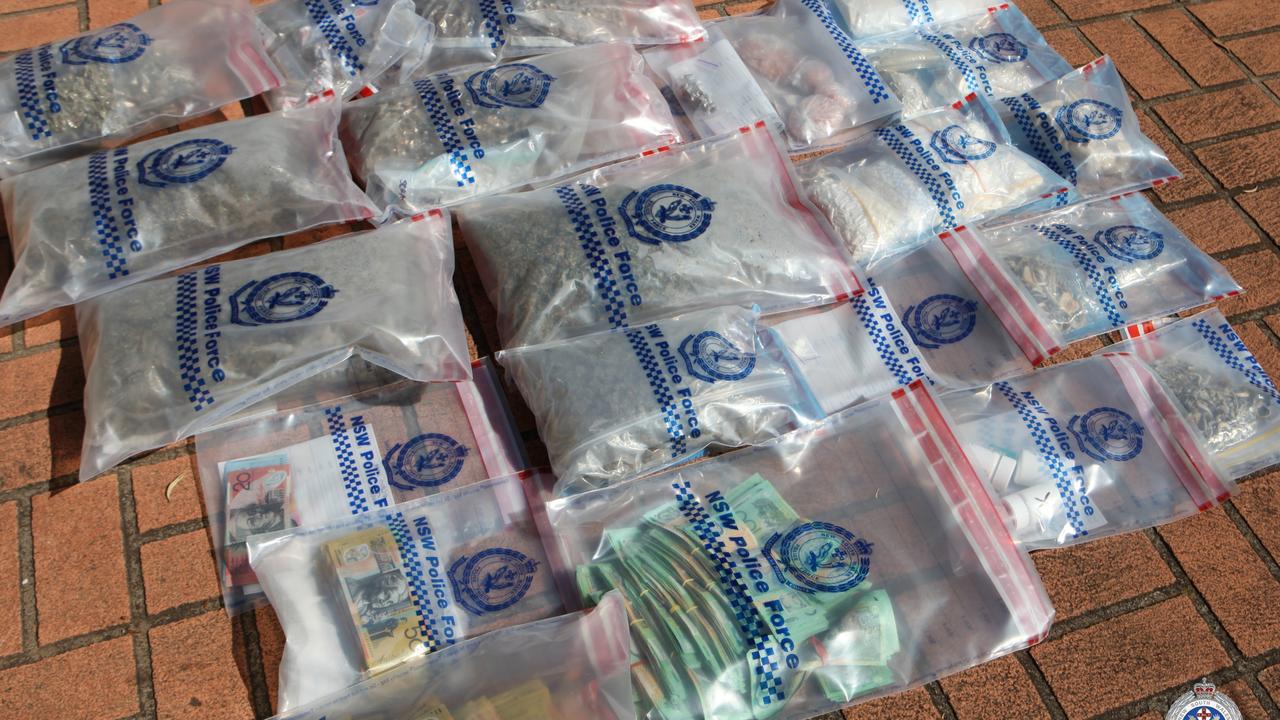
Flinders University criminology researcher David Bright mapped the operating of a drug trafficking network over a decade and found it evolved constantly.
In his groundbreaking 2013 study, Associate Professor Bright found that even when a number arrests took place, the criminal group could quickly adapt and continue operating.
“The network was able to manufacture and distribute large amounts of methamphetamine, and to expand its operations significantly,” Prof Bright said.
“Individuals changed the roles performed across time, consistent with the changing needs and focus of the network. Overall, our results support the characterisation of networks as flexible and adaptive.”
While the research focused on a methamphetamine supply network, Dr Hughes expected similar traits in other drug operations.
DEALERS MOVING INSIDE
Australia is currently in the midst of a debate about whether to allow pill-testing at music festivals, following several deaths of revellers who overdosed on substances.
As police step up their presence at these kinds of events, drug networks seem to be adapting and changing their business models.
Once upon a time, attendees who wanted to use drugs were more likely to buy them prior and bring them in, Dr Hughes said.
“We did some research on the supply and use of drugs within music festivals in Australia and experimentally adjusted the setting to see what impact policing had,” she said.
“When there was a strong police presence, we found an increase in the number of people purchasing drugs inside the festival. Buying behaviour particularly increased when policing used drug-detection dogs.”
When revellers anticipated a law enforcement operation, the number who were likely to buy drugs inside increased to 44 per cent, up from 37 per cent.
“That’s a pretty significant behaviour,” Dr Hughes said.
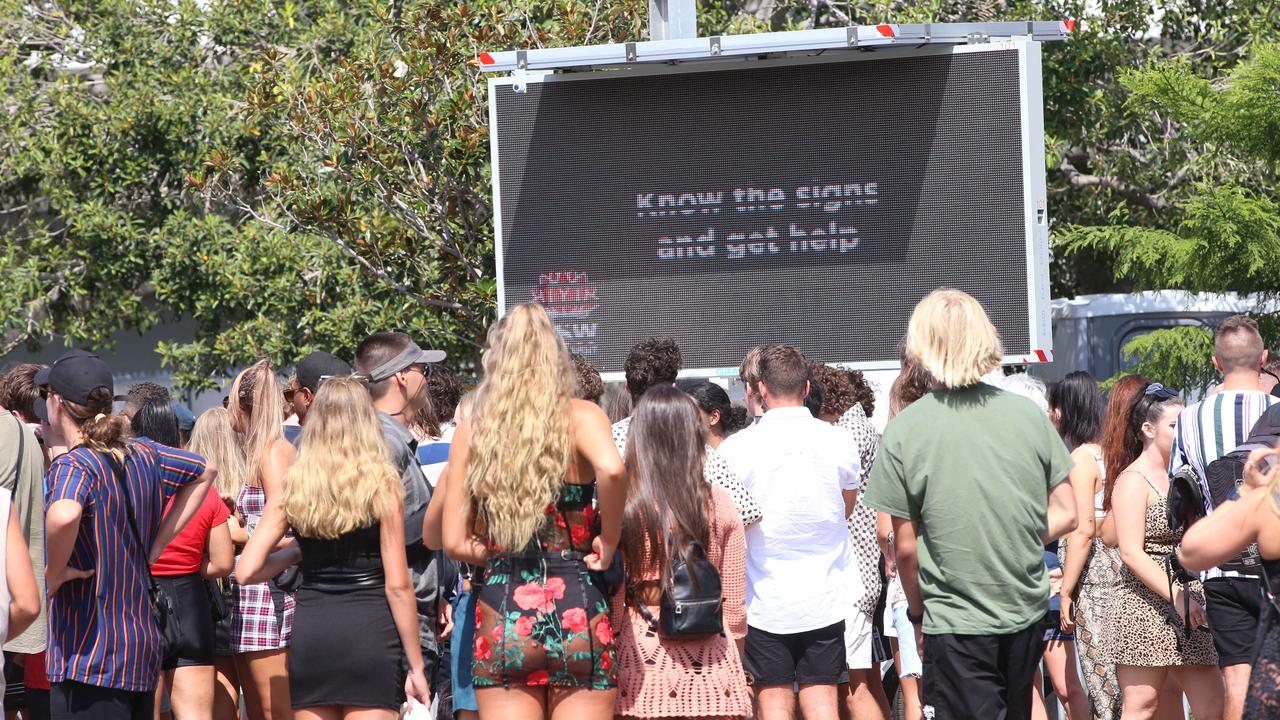
Over the Australia Day long weekend, police arrested a number of alleged dealers at live music events across Sydney.
A 17-year-old youth was allegedly found with 579 caps, believed to contain MDMA, and thousands of dollars in cash.
They also intercepted a 25-year-old man who they allege was found with 100 pills, as well as a 19-year-old woman allegedly in possession of 48 caps.
In Victoria, police charged 10 people with drug trafficking offences at the Rainbow Serpent festival, including a man who allegedly had 99 ecstasy tablets.
These kinds of larger-scale arrests could indicate that dealers are “taking advantage” of a surge in demand from intended drug users who aren’t willing to carry substances in.
But those people caught with even hundreds of pills are unlikely to be particularly important to networks, Dr Hughes said.
Reports regarding supply arrests at recent festivals indicated that some sellers had been recruited via social media with the promise of a modest amount of money and a couple of free caps or pills once successfully inside.
“Young people are more at risk of making decisions that they end up regretting. It’s really unfortunate,” Dr Hughes said.
However, she has seen and heard of “just about every method you can imagine” being attempted to smuggle drugs in.
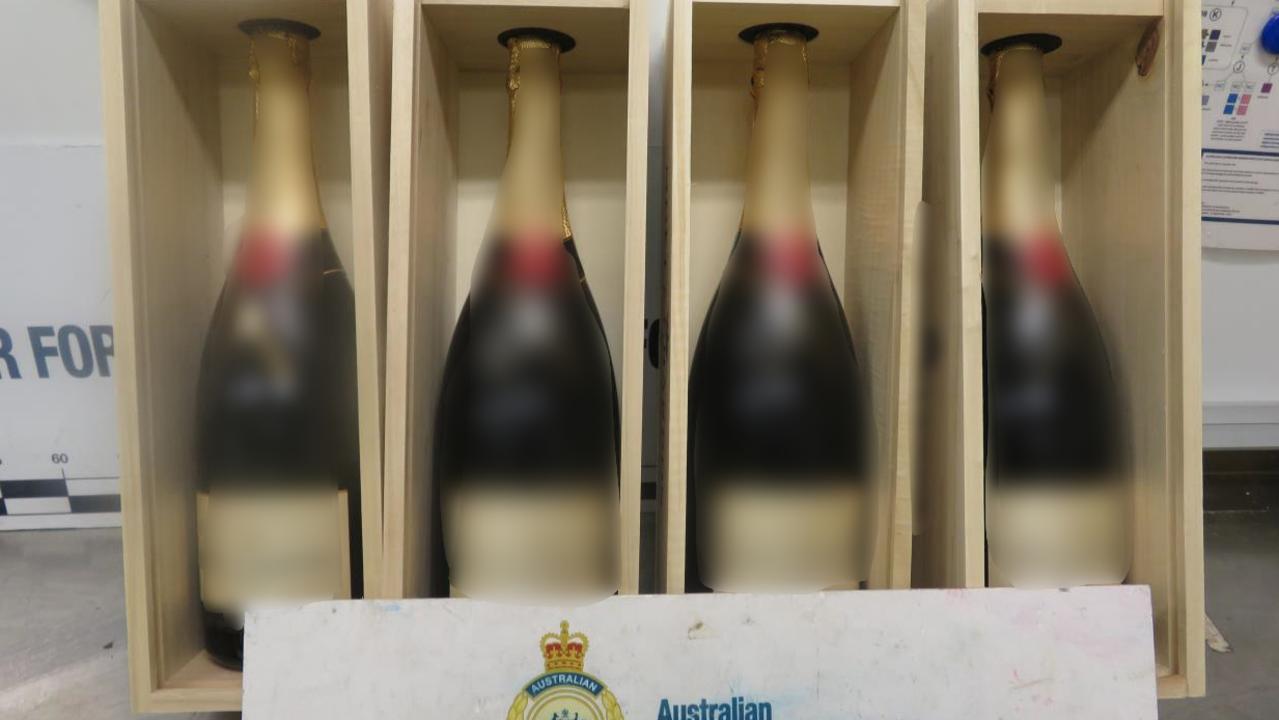
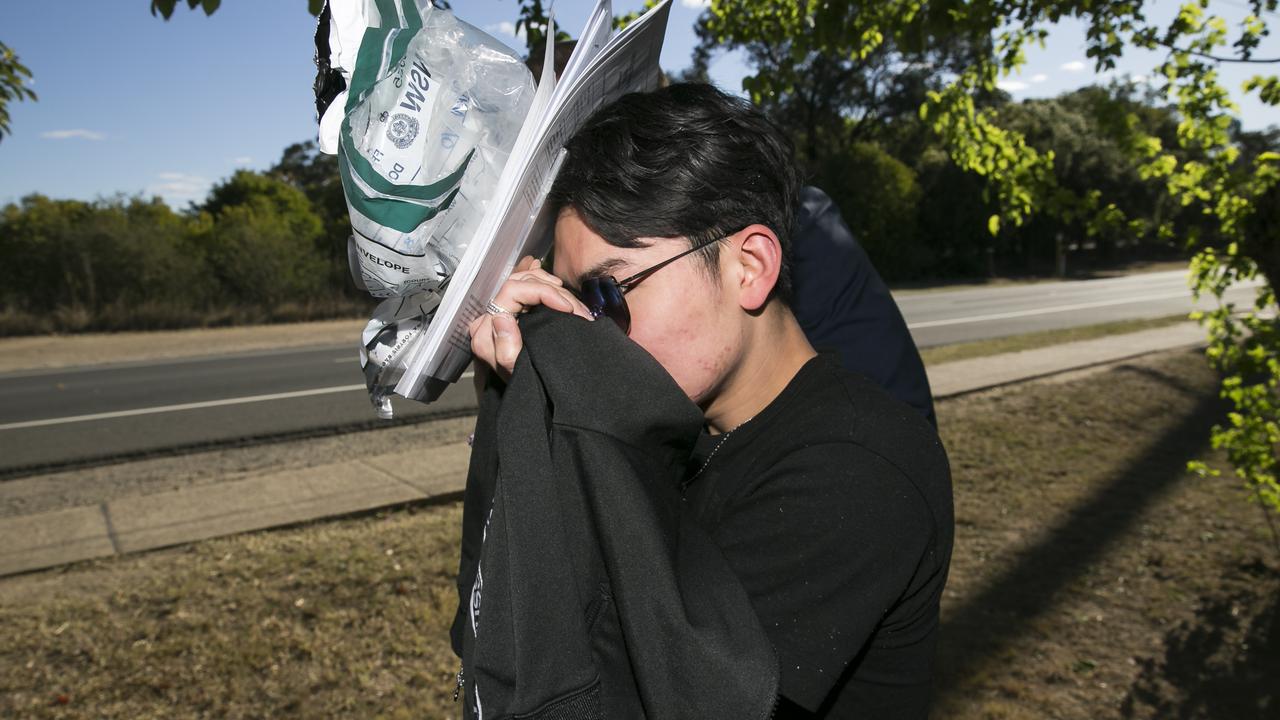
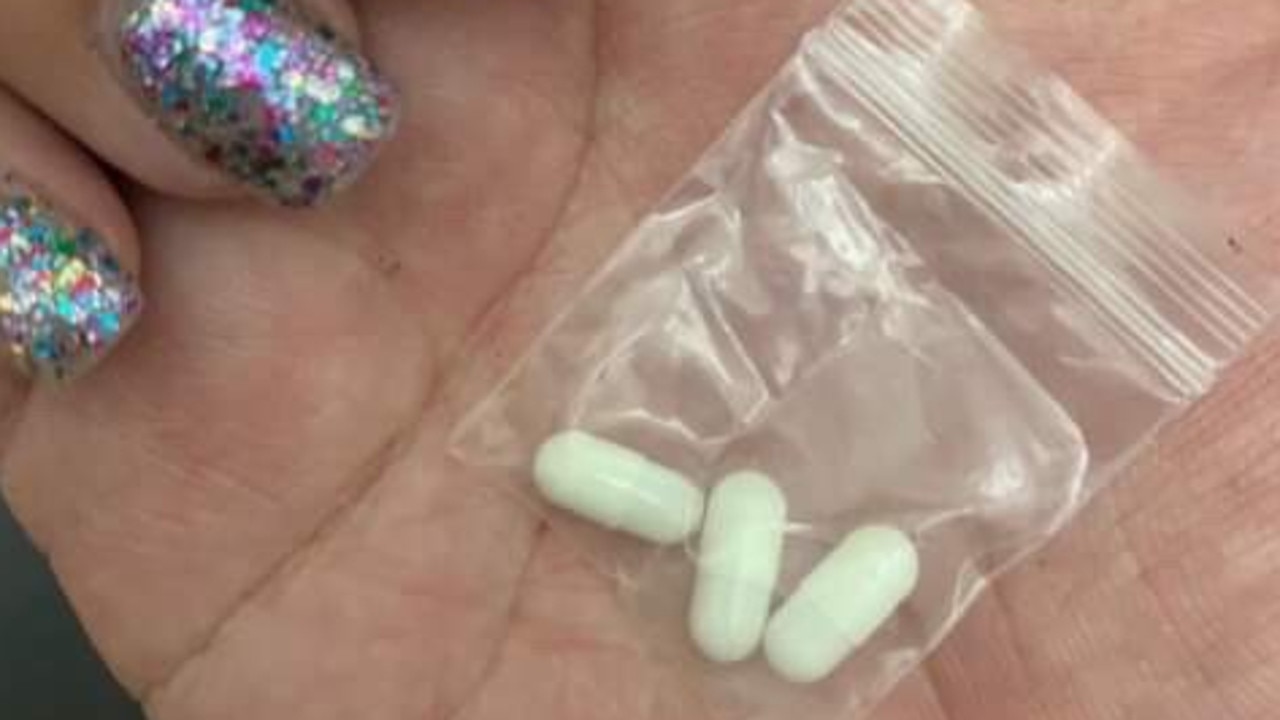
There have been some past examples of security and staff, as well as band associates, being bribed to help move supply.
“The methods for getting drugs in are very diverse. Pretty much anything you could think of is used. I won’t give examples for obvious reasons.”
Dr O’Reilly said that anecdotally, it seemed there were “some kind of more sophisticated operations going on” to get drugs into festivals.
Recent research out of the United Kingdom examined data from the first major trial of pill testing at music festivals.
The results, which Dr Hughes suspects would be replicated here, make for worrying reading.
“It compared substances acquired within a festival versus those purchased outside and it showed that those bought within the festival were twice as likely to vary from what people thought they would be,” she said.
“Policing presence has a minimal deterrence impact and may in case intensify supply inside the festival and cause more harmful drug consumption.”
Whenever there’s a new strategy implemented by police in a bid to tackle drug supply, Dr O’Reilly said traffickers usually find a way around it.
He suspects authorities have seen a shift in the quantity of drugs sold within festivals.
“Drugs are trafficked into Australia’s highest security prisons. Drug use and trafficking is prevalent in prisons. If we can’t stop it getting in there, how do we stop it getting into festivals?
“There’s some benefit to a degree of police pressure, but you reach a certain threshold where it’s no longer effective. I think we’ve reached that threshold.”
GANGS BOUNCE BACK
The ability for gangs to weather arrests and large-scale police operations is demonstrated by crime analysis that indicates drug supply continues unabated.
A report from the Bureau of Crime Statistics and Research in 2014 found that the large-scale seizures of drugs didn’t result in any reduction in overdoses or arrests for use and possession.
The arrest of alleged sellers carrying hundreds of pills might seem significant, but Dr O’Reilly said large networks would consider it “peanuts”.
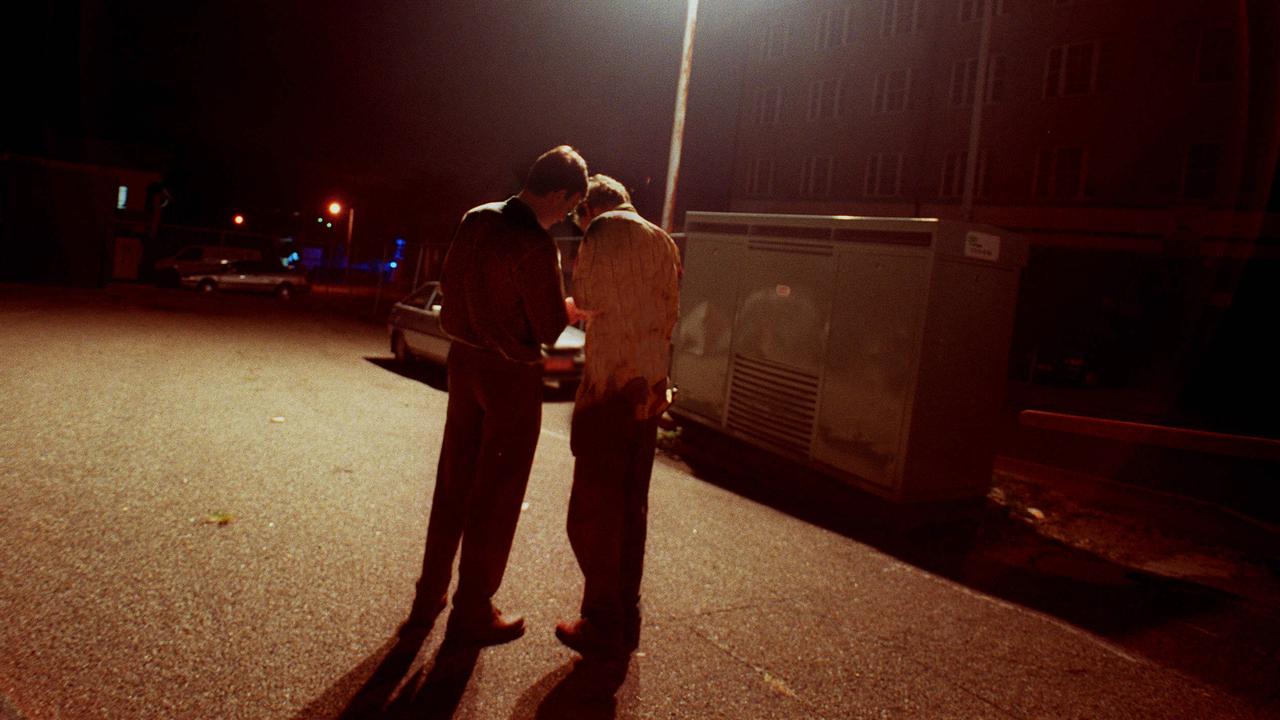
In 2007, authorities in Melbourne made the world’s largest-ever seizure of MDMA, detecting 4.4 tonnes of the drug hidden in tomato tins imported from Europe.
The significant find was touted as delivering a huge hit to drug syndicates, but Dr O’Reilly analysed that particular gang’s operations afterwards.
“After the seizure, the network continued to operate for another year at least. They continued to import large quantities of drugs. That was the world’s largest interception but they were able to carry on,” he said.
He conducted research on a Melbourne drug network that operated between 1993 and 2007 and observed dozens of “supply changes” over that period.
Shifts in supply refer to the availability and purity of drugs, arrests of mid-level criminals and large-scale seizures of supply.
“With that network, there was a continuous cycle of seizures and arrest, followed by replacement and more drugs being imported or manufactured,” Dr O’Reilly said.
The gang only ceased to exist when its main operator was arrested and charged, he said.
“Although, I think it’s highly probable the network was (absorbed) by different people. That’s just one so it’s not what every network is doing, but what it shows it that a network could continue to function despite having intense law enforcement attention and major seizures.”
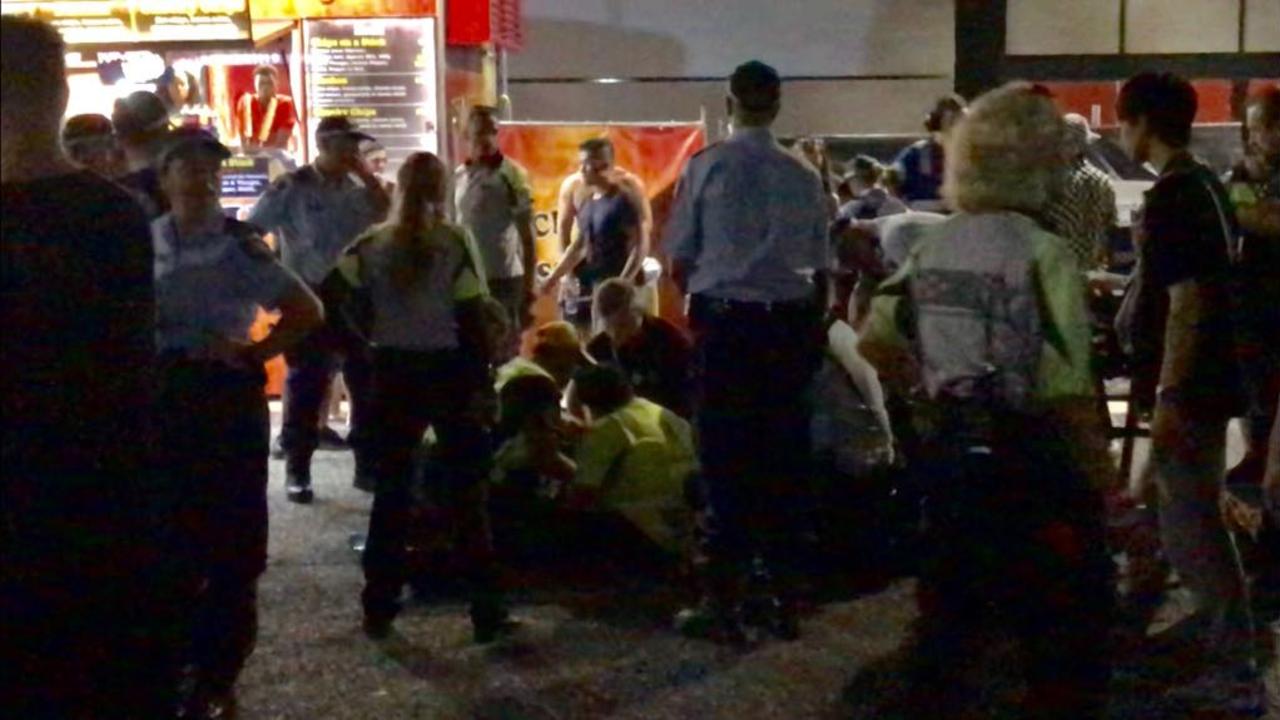
For the most part, the current law enforcement approach nets mostly lower level criminals who sell, rather than those who lead and control large-scale supply, Dr Hughes said.
“There’s so much supply that can be brought in, relative to demand, so even a seizure that looks quite substantial is unlikely to have a lasting impact,” she said.
“Studies across the globe show that in the best conditions, it’s only five to ten per cent of all illicit drugs that are seized by law enforcement agencies.
“What we learn from looking at this is that police can get bigger bang for their buck by focusing on the higher end of the network. Of course, that requires very specialised methods and a lot of resources.”
Authorities in NSW and Victoria were invited to participate in this story. Victoria Police declined while NSW Police did not respond.
Continue the conversation shannon.molloy@news.com.au




